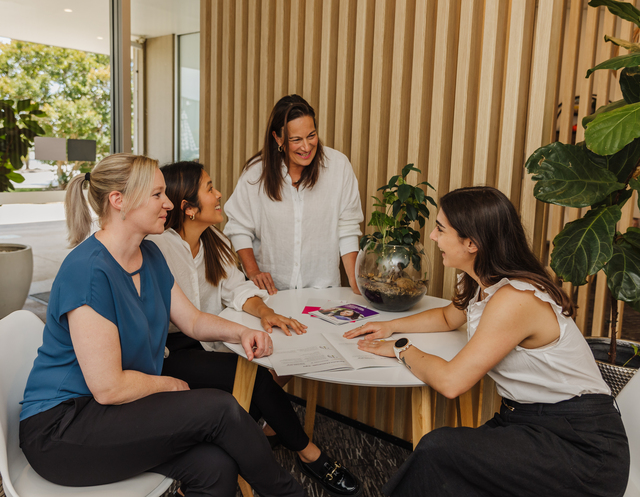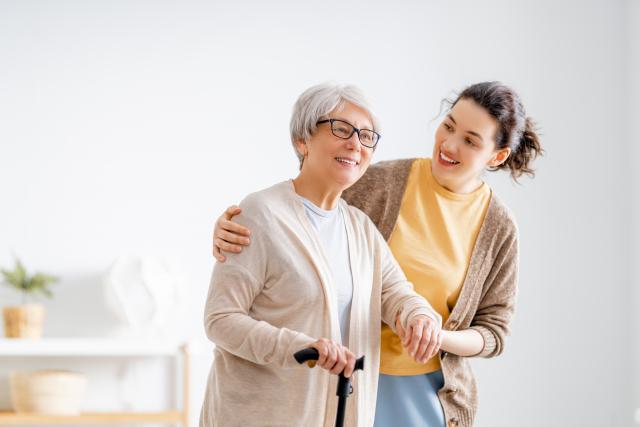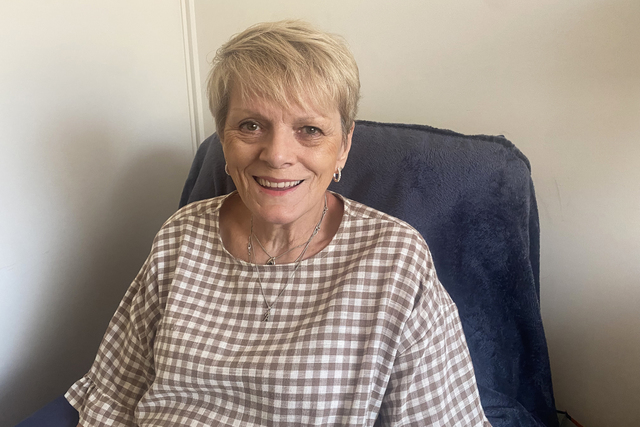Alex Lopes is a pelvic health physiotherapist, the director of Pelvic Health Melbourne in Altona North, and past national chair of the Australian Physiotherapy Association’s Women’s Men’s and Pelvic Health Group. This week she writes about pelvic pain.
Pelvic pain is an umbrella term to describe pain in the lower abdomen or pelvic and intimate areas.
The pain is usually caused by: painful periods (35-50% ), endometriosis excessive uterine tissue in the abdominal cavity (10%),
adenomyosis glandular tissue of the uterus goes into the uterine wall (20-50%), polycystic ovarian syndrome (PCOS) possible high testosterone, irregular periods, cystic ovaries, increased hair growth, weight gain, acne (8-12%), irritable bowel syndrome (IBS) constipation, diarrhea or both with pain (3.5-10%), overactive bladder urge to go more often (12 %).
Over time these conditions can develop pain sensitisation where you become more sensitive to pain.
So how can I fix my pelvic pain?
With pelvic pain it is important to have the right team around you and, thankfully, in Australia the government has invested significantly in developing endometriosis and pelvic pain clinics. Your pelvic health physiotherapist will be a part of this team.
The mental stuff
*Try to limit the amount of time you are thinking about your pain
* If you do think about your pain try “I will get better”
* Challenge yourself to stop avoiding activities due to pain? Gently push your boundaries
* Mindfulness and meditation, whatever work for you to relax and breath
The physical stuff
Your pelvic health physiotherapist can help.
* How often are you clenching your body? Tension and gripping behaviours can aggravate your pain. Draw a big circle on your hand and every time you see this circle scan you body for tension and take notice. Are you gripping? Where? What percent?
LET IT GO!
* Ice or heat can also help
* Breathing and stretches – box breathing – in for 4, hold for 4 out for 4 and repeat.
* Stretches – Pelvic Pain Australia website for great stretches https://www.pelvicpain.org.au
* TENS – electrical current over your painful area to help calm the nerves
* Massage, dry needling, spinal mobility, exercises for pain and movement
The biological
Seeing your GP or a pain physician for appropriate pain medication can be the turning point – this is not codeine or opiates but medication that works on the brain and spinal cord to help normalise the pain signals to your body.
We wish you well with your pelvic health journey and know that help is now out there.







